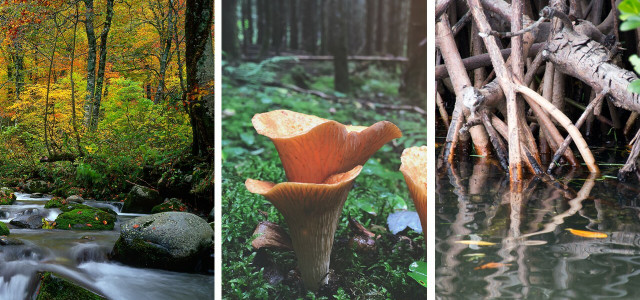Knowing the meaning of afforestation is an important part of the debate around environmental conservation. Here is the importance of afforestation and its definition.
What does afforestation mean? Generally speaking, afforestation is the act of planting trees in areas where there were previously no forests. It is gaining increasing attention as a key nature-based solution to address climate change, ecosystem and environmental degradation, and social and environmental inequalities like environmental racism.
The benefits of afforestation are numerous, including carbon sequestration, improved air and water quality, enhanced biodiversity and increased resilience to climate extremes.
However, afforestation also presents challenges, such as limited space, cost and potentially problematic social and economic impacts.
Here, we will explore afforestation’s meaning, and the importance of afforestation in the US and beyond.
A Definition of Afforestation
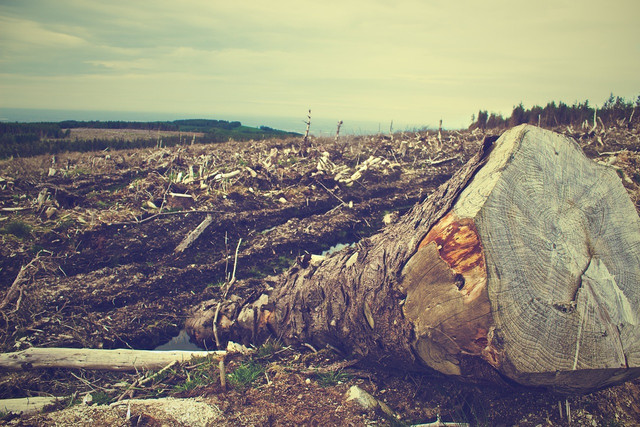
(Foto: CC0 / Pixabay / Picography)
Afforestation is an essential strategy for mitigating the effects of deforestation and land degradation. Forests play a crucial role in regulating the Earth’s climate, providing habitat for wildlife, protecting watersheds, and providing wood and other forest products. Afforestation projects can also provide economic and social benefits, such as employment opportunities, recreation and eco-tourism.
According to the UN’s Intergovernmental Panel on Climate Change (IPCC), the best afforestation definition is: the process of establishing a forest or stand of trees in an area where there was no forest or woodland before. This can be accomplished by planting trees, sowing seeds or through natural processes like seeds’ natural regeneration. It’s different than reforestation, which establishes trees on land that previously or recently had tree coverage.
Afforestation is often completed on degraded land, like abandoned agricultural zones, areas affected by natural disasters, and those impacted by mining activities. It is also used to combat desertification and soil erosion.
However, afforestation techniques must be carried out carefully and with consideration of the local ecology. This ensures that the new forest is sustainable and does not harm the environment or the livelihoods of local communities.
What is the Importance of Afforestation?
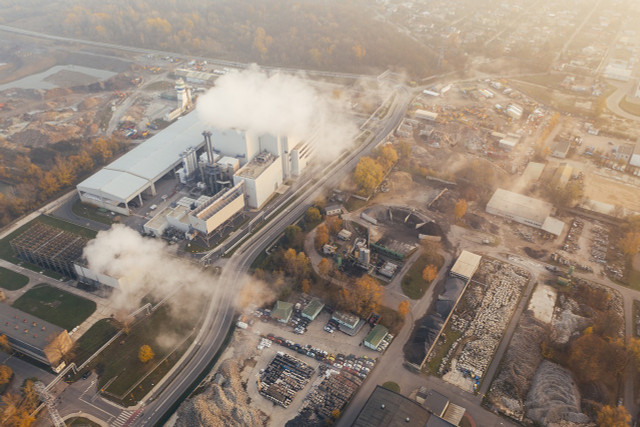


(Foto: CC0 / Pixabay / marcinjozwiak)
According to the UN, afforestation’s meaning and application revolve around sustainable forest management.
Sustainable forest management emphasizes:
Climate change mitigation: Afforestation helps mitigate the effects of climate change by absorbing carbon dioxide from the atmosphere and storing it in trees and soil. This reduces the concentration of greenhouse gases in the atmosphere and slows global warming.
Biodiversity: Afforestation creates habitats for a wide range of flora and fauna, promoting biodiversity and maintaining ecological balance.
Soil remediation: Afforestation prevents soil erosion and improves soil quality, making the land more productive and reducing the risk of landslides and the causes of floods.
Water conservation: Afforestation regulates water cycles by increasing infiltration and reducing runoff, which improves the quality and quantity of water resources.
Most advantages and disadvantages of afforestation have to do with scale. The main focus of afforestation is how it can be used as a clean development mechanism (CDM) to capture and exchange carbon. As such, most CDMs using afforestation techniques are large-scale to get the most benefit from carbon capture and lower transaction costs.
However, large-scale afforestation projects carry the risk of poor implementation and opportunity costs. We’ll look at each of these points below.
The Benefits of Afforestation
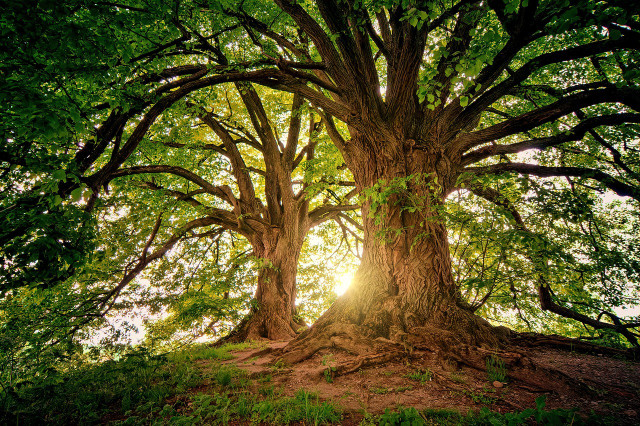


(Foto: CC0 / Pixabay / jplenio)
Planting trees in areas without forests is important to address the current climate crisis. It has numerous benefits, such as:
- Decarbonization: As many articles and research will foreground, the main benefit of afforestation is helping to decarbonize the atmosphere by sequestering carbon into trees and soils. Trees absorb carbon dioxide during photosynthesis and store it in their biomass, which helps mitigate climate change and reduce the concentration of greenhouse gases in the atmosphere.
- Resilience: Afforestation improves ecosystem resilience by restoring degraded land. For instance, in some studies, afforestation is shown to enhance biodiversity and provide habitat for wildlife. Trees can also help to regulate the water cycle, reduce erosion and provide other ecosystem services to improve ecosystem function and resilience.
- Economic prospects: Afforestation provides economic benefits by producing timber, non-timber forest products and other ecosystem services. Recent scholarship suggests that afforestation supports communities moving towards a low-carbon economy. It creates jobs in forestry and related industries and provides opportunities for rural communities to benefit from sustainable land use practices.
The Drawbacks of Afforestation



(Foto: CC0 / Pixabay / stevepb)
While afforestation can be a valuable tool in mitigating the effects of global warming, it must be implemented with proper consideration for the local environment and culture. If not, it runs the risk of numerous adverse effects, including:
- Poor implementation: Afforestation can be challenging to implement effectively, particularly in areas with degraded or marginal soils. As some scientists highlight, trees require immense amounts of water, which means they can siphon these resources from other surrounding plants, such as grass, and exacerbate issues like drought and aridity.
- Food security: Some studies argue that afforestation reduces the availability of land for agriculture, which can affect food security — especially in regions with high food insecurity. As mentioned, afforestation can also impact water availability, affecting agricultural productivity and food security.
- Opportunity costs: Opportunity costs refer to the potential benefits forgone when choosing one option over another. In other words, opportunity costs are the benefits that could have been gained from choosing the next best alternative. Researchers have highlighted the economic opportunity costs for afforestation if it is done at the expense of other land uses, such as agriculture or grazing. Moreover, it can create conflicts between different land uses and limit land availability for other uses.
What Afforestation Means in the US
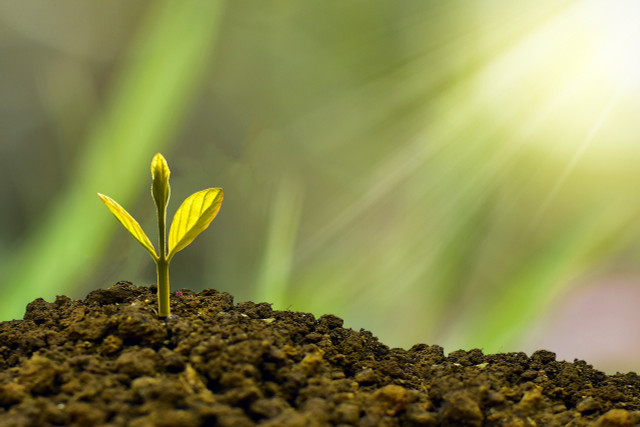


(Foto: CC0 / Pixabay / Nature_Design)
In the US, afforestation efforts have been made both in cities and rural areas.
For instance, a 2022 study focusing on California highlighted how afforestation in cities offers benefits like improved air quality, carbon sequestration, reduced energy consumption, increased property values and enhanced mental and physical health outcomes. This was particularly evident in areas with high heat exposure due to climate change.
According to the American Forests (AM) organization, more than 1300 million seedlings are being produced in active tree nurseries throughout the US, with a potential to produce nearly 1.4 billion more seeding opportunities. Under the AM, there are already several ongoing initiatives in states including Maryland, Oregon, Washington and Wisconsin.
Perhaps the most significant advancement may come from a recent proposal called the Trillion Trees Act. This act envisions the planting of more than 24 billion trees in the US over the next 30 years — and several billion more globally. Although the plan won’t stop global warming altogether, it would mean that 540 million tons of greenhouse gases (equivalent to 10% of all US greenhouse gas emissions) could be successfully sequestered by 2040.
Afforestation
Afforestation plays an essential role in sustainable development. However, it is not without risks. The importance of afforestation must be understood as part of the broader task of tackling climate uncertainty by exploring what options are best for specific issues.
That said, afforestation does present many benefits when done right. And though initiatives like the Trillion Trees Act may seem idealistic at present, the bill is currently under review. Analysis from the World Resources Institute suggests that it is a real possibility with federal investment. As such, afforestation methods could become more advanced in the future.
Read more:
- Forest Conservation: Definition & 7 Impactful Methods
- Glow-in-the-Dark Trees — A Realistic Solution for Streetlights?
- Save the Rainforest: 7 Things You Can Do
Do you like this post?








